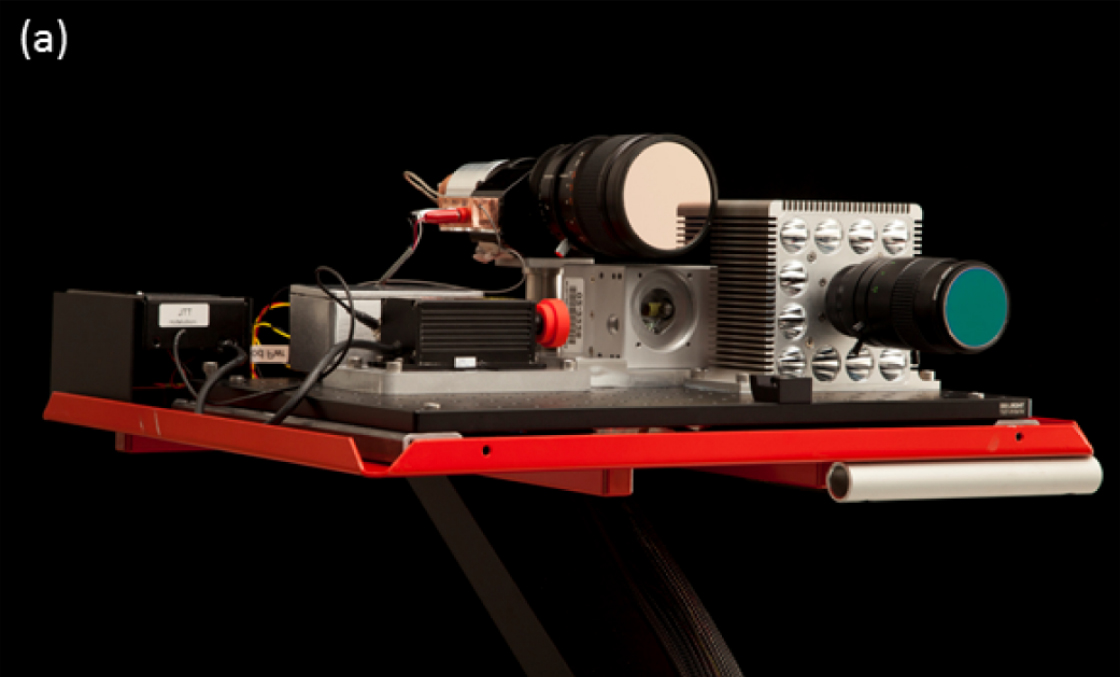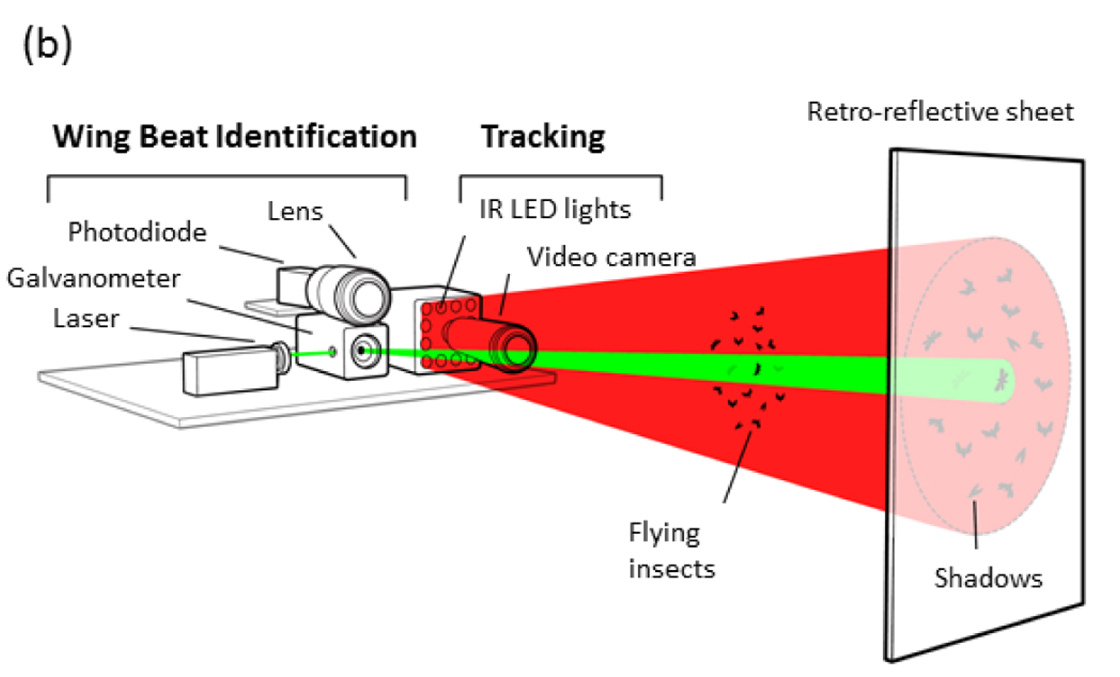Maybe you don’t cower in fear when you spot a bug making its way across your arm, but disease-carrying insects can have a devastating effect on the health of humans and animals, despite their diminutive size. Now scientists have come up with a new method of defence to counter this tiny threat: carefully targeted laser blasts.
Using what’s called a Photonic Fence, the researchers have demonstrated that they can identify, track, and then kill flying insects in real time. Think of any kind of laser targeting system in your sci-fi movie of choice, and you’re getting close. And the system does all this without harming any people or animals that get in the beam’s path.
This Photonic Fence was originally developed as a way of combating mosquitoes that carry malaria, but it’s now reached the stage where it can be used more broadly to control a greater range of small pests, and protect crops, animals, and human beings along the way.
The clever part is how it identifies its targets – detecting the insects’ wing beat frequency, as well as assessing their size, shape, and flight behaviour. Advanced computer software is used to recognise the bugs and then precisely disable them with a laser blast, firing the weapon only if the system is sure there won’t be any unwanted collateral damage.

From identifying a potential target to firing the laser takes less than 100 milliseconds, the researchers claim.
“Used as a virtual fence, the Photonic Fence can be deployed as a perimeter defence around villages, hospitals, crop fields,” explained project scientist 3ric Johanson from Washington-based company, Intellectual Ventures Laboratory. “Over time, the population of target insects inside the protected region would be decreased to the point of collapse.”
Johanson said organic farms and greenhouses would be perfect sites for a Photonic Fence, because it’s difficult to control pests using traditional methods at these kind of locations – the chemical pesticides that are normally used are often harmful to plant life, and sometimes even humans.

Even if the Photonic Fence never shoots a laser blast, it gives operators valuable insights into the types of unwanted bugs that are appearing – everything from the species of the insect, to what times of day they usually show up.
Put several fences together and aggregate the data, and you’ve got the world’s most elaborate bug-zapping defence system at your fingertips.
The researchers say their first goal is to get the technology out into the developing world to help in the eradication of mosquito-borne malaria. With malaria infections responsible for the deaths of 438,000 people last year, according to estimates from the World Health Organisation, it’s clear there’s a very real need for this technology.
Those bugs will never know what hit them.
The research has been reported in Optics Express.


